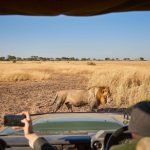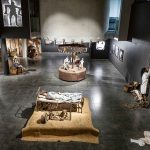Ngoni Pride and Power
Every year, Ngoni boys look forward to their moment of transformation during the sacred uMkhosi weNcwala ceremony. This rite of passage marks their initiation into manhood, a vital part of Ngoni tradition, connecting them to their ancestors and their warrior heritage.
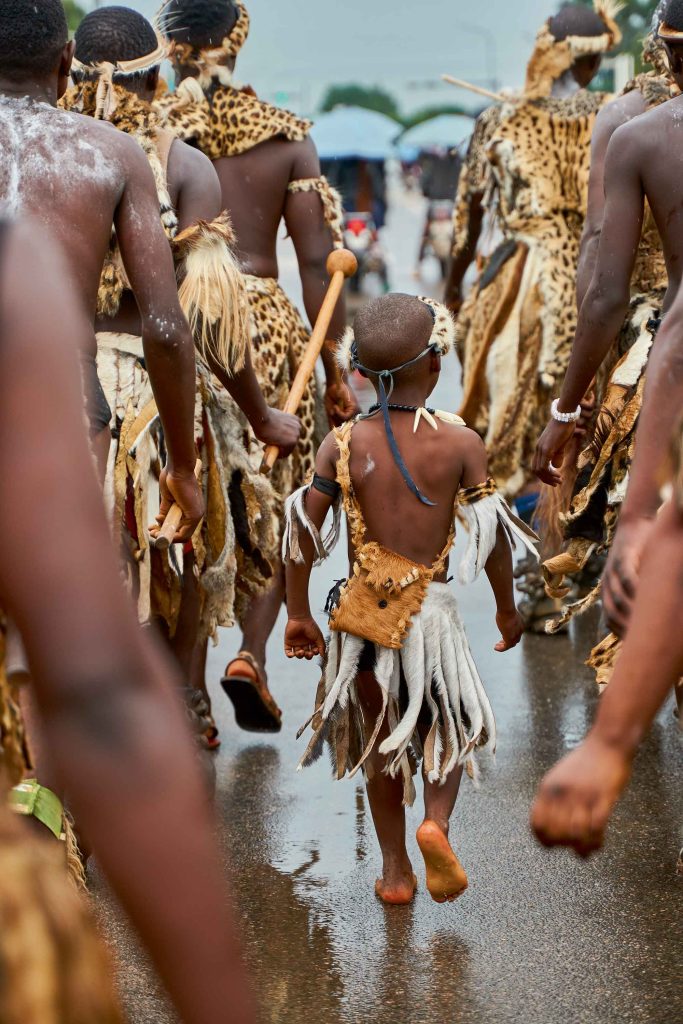
At 05:00 on a wet morning, as Nthonga lay peacefully sleeping, a hand stole over his shoulder in the half-light and gently shook him awake. Stirring slowly, Nthonga rolled over to raise eyes still heavy with sleep to meet his father’s. “Today is the day, my son, we see the king today.” Nthonga smiled and sleepily nodded his head.
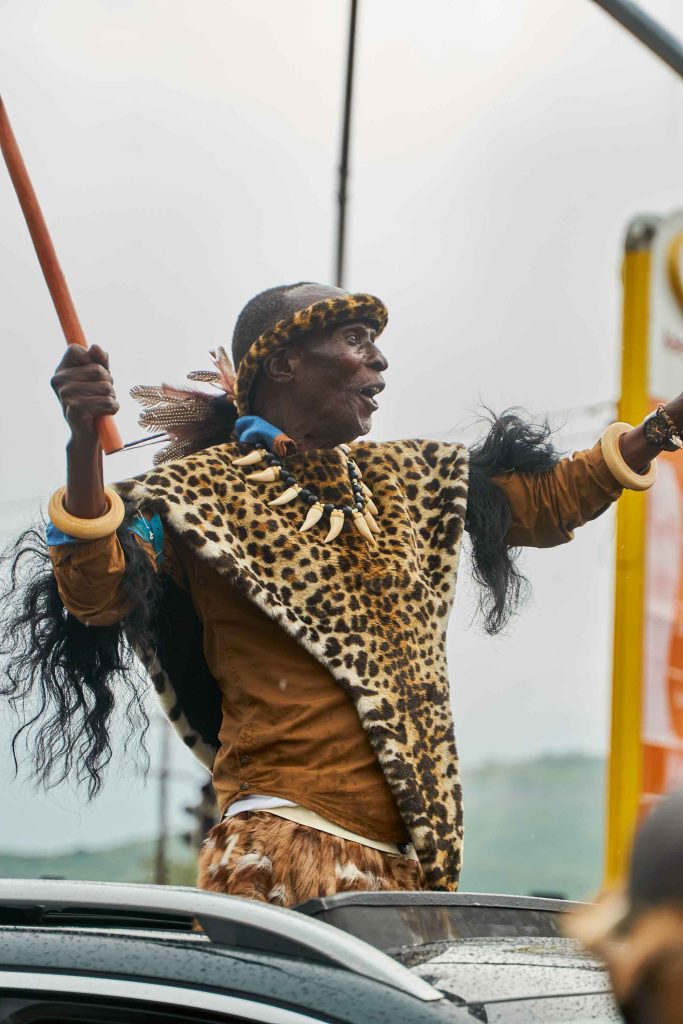
Every February, for five long years since he was born, he had watched his father drape the leopard pelt that represented power and the king of the forest across his shoulders, and sling the animal hide shield over his back, before heading to the arena to honour the king and thank the ancestors for the harvest during uMkhosi weNcwala, the sacred first-fruits ceremony. The name itself came from the spotted iNxwala fruit, whose ripening announced the season and formed a crucial part of the king’s ritual preparations. Nthonga would hand him his metal-tipped spear, a reminder of who they were, at the door of the house where his mother would be waiting, beaming proudly at her husband as he knelt before her. She crowned him with the Ngoni headpiece, the mark of a great warrior.
Zambia is home to the largest concentration of Ngoni people in Africa, followed by Malawi. The Zambian Ngonis were founded by Mphezeni I’s first-born son, while the Ngonis of Malawi are a result of his brother’s resettlement in the area.
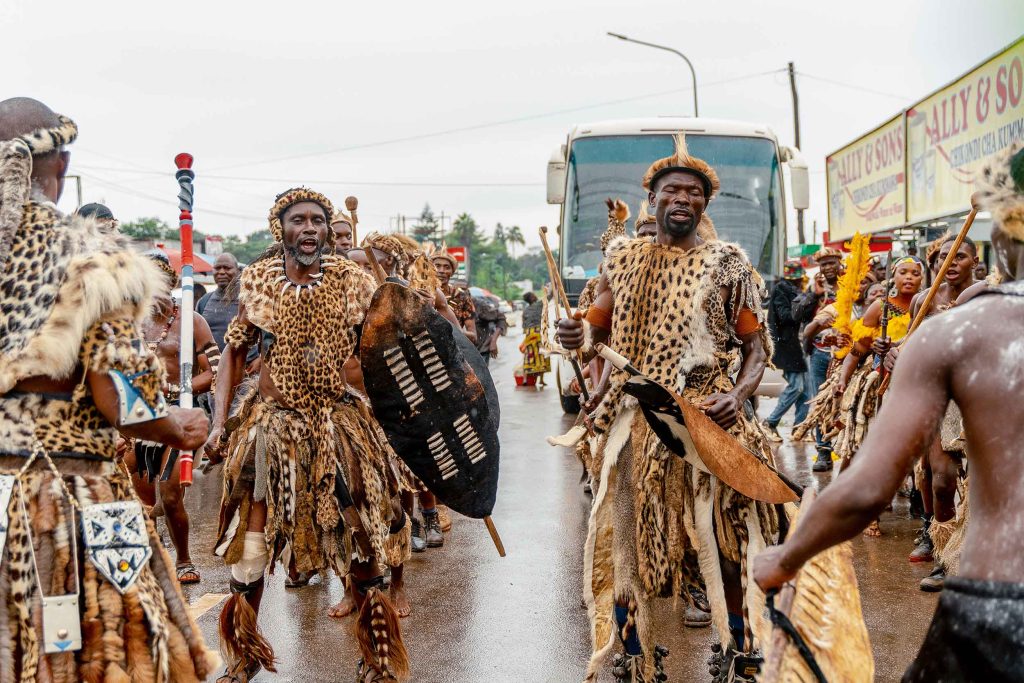
To keep tradition alive, the Ngoni of Zambia require that boys begin to learn their culture and traditional dances as soon as they can stand or walk. With regular practice, they eventually perform in the right into manhood.
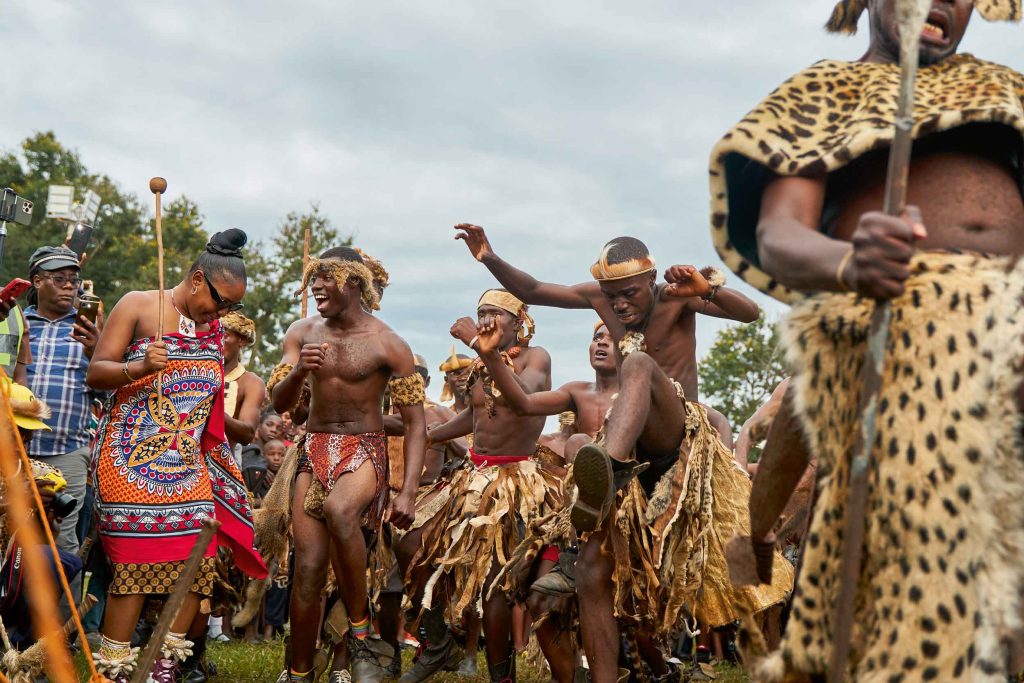
Nthonga longed for the day when he too would become a warrior and show his loyalty to the king. Like all Ngoni boys in Zambia, home to Africa’s largest Ngoni population, he had been learning the traditional dances since he could stand. Every day and every year since he could walk, his father would teach him the great Ngoni ingoma dance as he retold the story of where Nthonga came from.
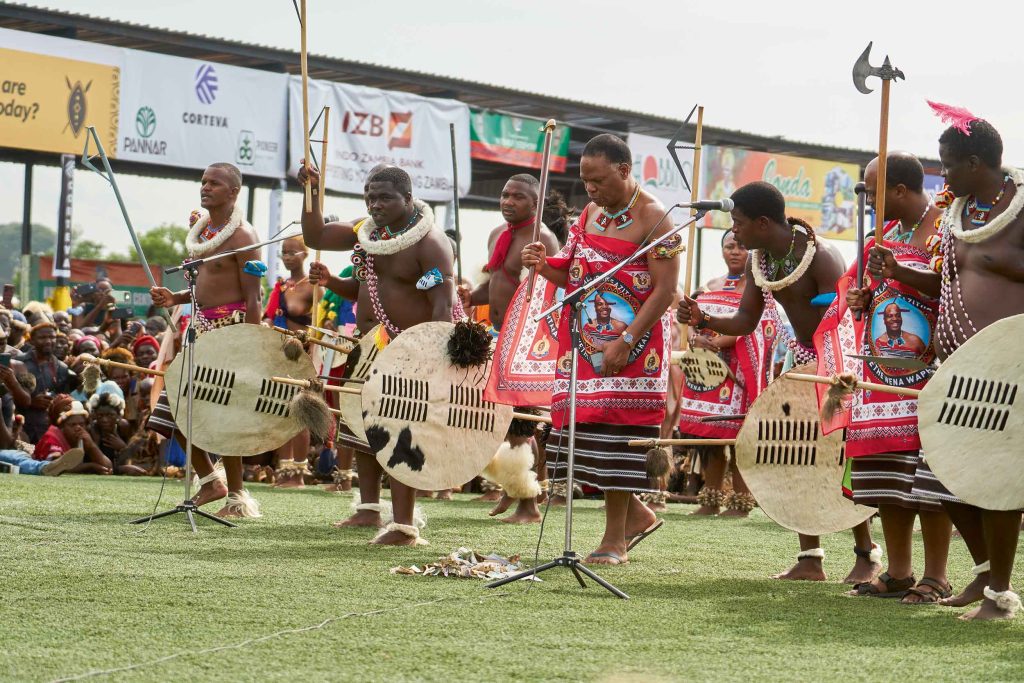
“In 1819, over 200 years ago,” his father would say, as the great fire roared before them, “your great ancestor Zwangendaba of the Nguni clan fought the king of Zululand, Shaka, who had grown too strong and was defeated. When Zwangendaba saw this, he decided to create his own kingdom, and with his followers, he left his ancestral home in Ndwandwe (present-day KwaZulu-Natal), where the great bull grunts and paws the ground. Zwangendaba took his wives and cattle and traversed the great land to the north. As he passed through modern-day eSwatini, Mozambique, Zimbabwe, Zambia, and Tanzania, he absorbed tribes, marrying their women and drafting their men, building the great Ngoni nation as he went.”
In Zambia, uMkhosi weNcwala is a hybrid tradition compounding different traditional rites into one, namely the initiation rites of boys and the first harvest.
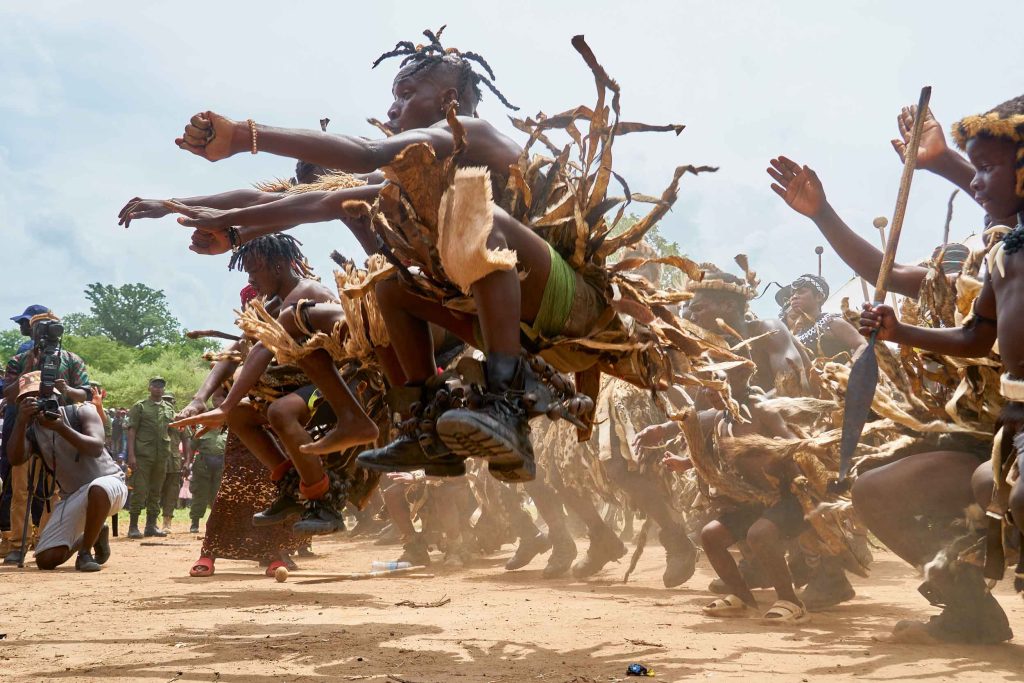
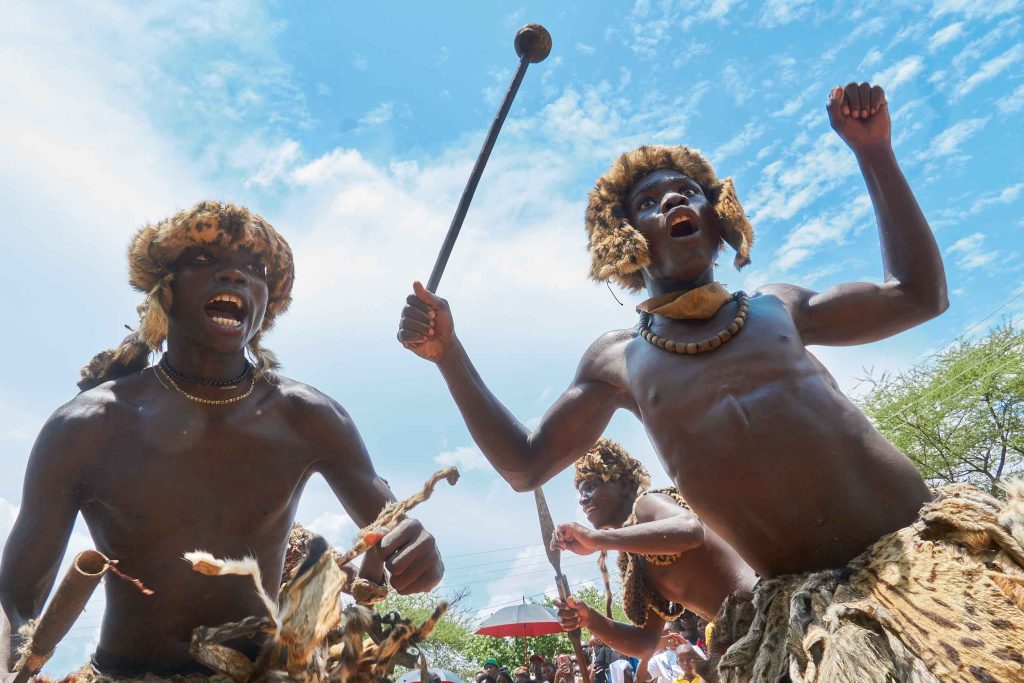
“When he came to the banks of the Great Zambezi where it met the Luangwa River, he parted the waters and crossed into our new homeland to this place we call Ngoniland. We lived peacefully, defending our lands against those who sought our cattle and people. In 1898, the settlers came and tried to take our lands and ban our culture, but we are the blood of warriors, and we rebelled. Every year since, we have continued to gather at the great river Zambezi and this year, we will cross over to remember when Zwangendaba led us into our new homeland, and we honour our Inkosi Yamakhosi and our ancestors for protecting us and giving us our harvest. If you practise hard and learn our culture, when you turn six years old, I will present you to our king, and you will become a warrior like your brothers.”
uMkhosi weNcwala, the first fruit harvest, preceded records of Shaka Zulu’s birth and the formation of the Ngoni nation. Although its practice has since ended elsewhere, Zambia and eSwatini are the only groups still performing the ceremony.
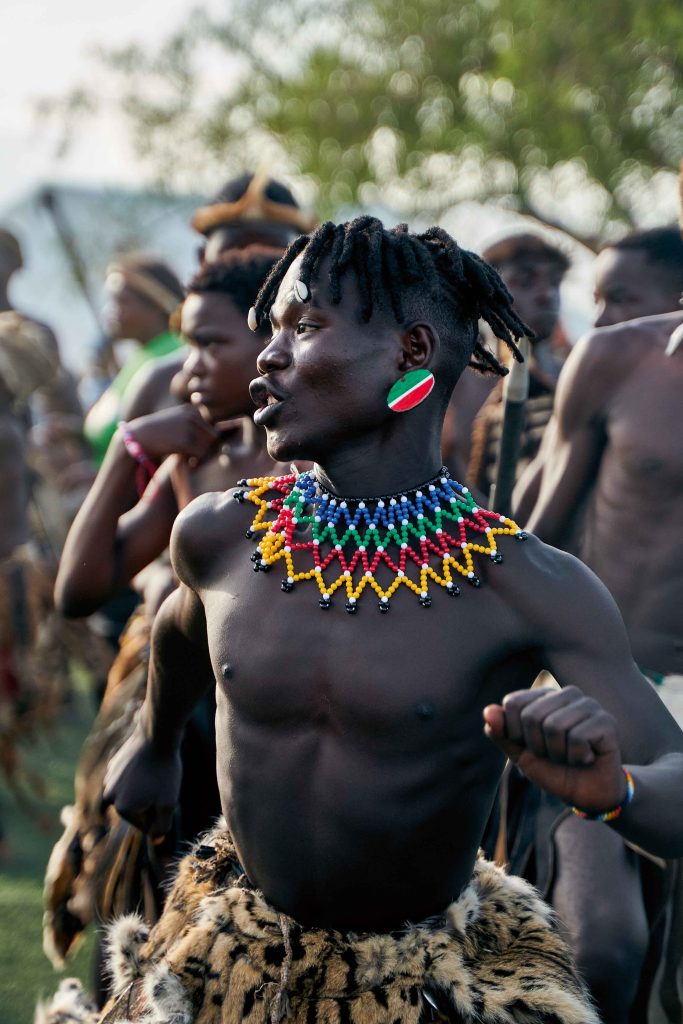
What his father didn’t tell him was that they were among the last guardians of this ancient tradition. Only here in Zambia and eSwatini did the Ngoni people still practise uMkhosi weNcwala in its traditional form, a ceremony whose roots stretched back even before the birth of the legendary Shaka Zulu. Here, the ceremony had evolved into a unique celebration, blending three sacred rites: the boy’s initiation into manhood, thanksgiving for the first harvest, and for the first time since 1835, the commemoration of their ancestors’ historic crossing of the Zambezi.

Nthonga would listen, enthralled. Between school and his chores, he would re-enact his history with stomps, kicks, and leaps, beating the air with his club as he prepared for the day the king would finally see him. The king, Inyandezulu Inkosi Yamakhosi Mphezeni KaZwangendaba, Njengembaso Mphezeni IV, would travel from his palace in eKuphendukeni to eLaweni, where he would remain secluded for three days to rebirth and receive new power from the great Nkulukulu. During this sacred seclusion, the king would consume a potent mixture containing the ceremonial iNxwala fruit, connecting him to the ancient wisdom of his predecessors.
The Ngoni nation is an amalgamation of several tribes and sub-tribes absorbed into the kingdom during Zwangendaba’s trek, including the Kalanga in Zimbabwe, Bishongwe in eSwatini, and the Tsonga of Mozambique. The Ngoni encompass southern Africa as far north as Burundi.
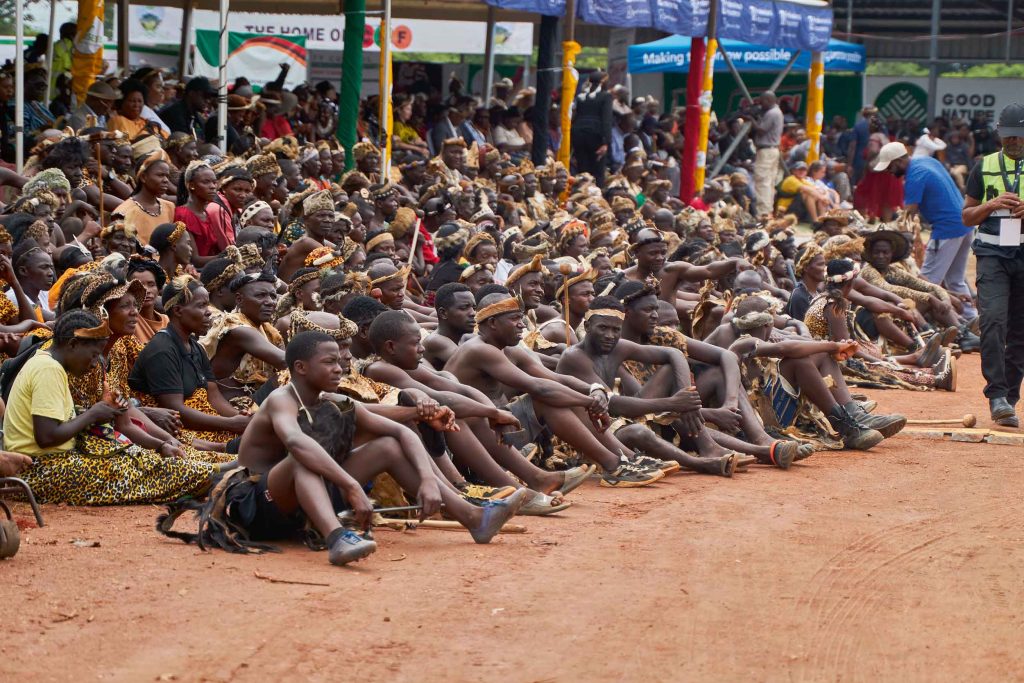
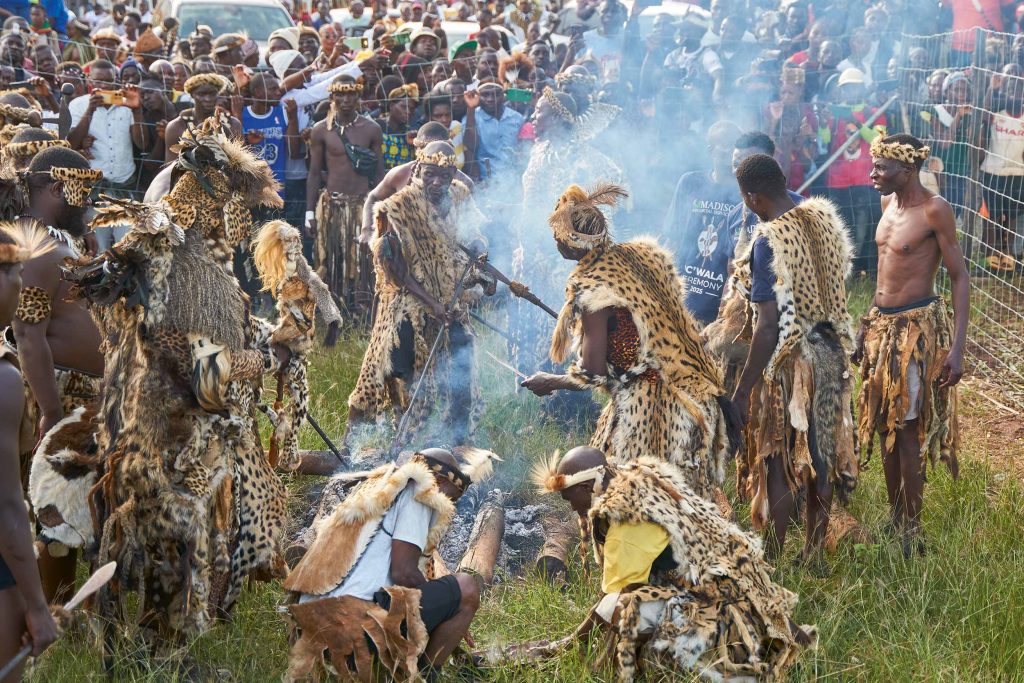
Here in eMutenguleni, the capital of Ngoniland, he would receive the other visiting Ngoni tribes and give thanks to the ancestors. Ngoni visitors would come from across southern Africa, some from as far as Malawi, where Mphezeni I’s second son had established another Ngoni kingdom generations ago. As Nthonga stood silently in the arena alongside his brothers, he watched as his newly initiated brothers slaughtered the great bull, black without blemish, with their spears to show the king that they were now men prepared for battle. The bull kicked violently but soon stilled, and his father adeptly butchered it, allowing the blood to drain into a bowl and placing the choice pieces on the holy fire.
The Ngoni were originally the Nguni, but due to migration and cross-dialect, they became known as the Ngoni in the areas of present-day Malawi and Zambia.
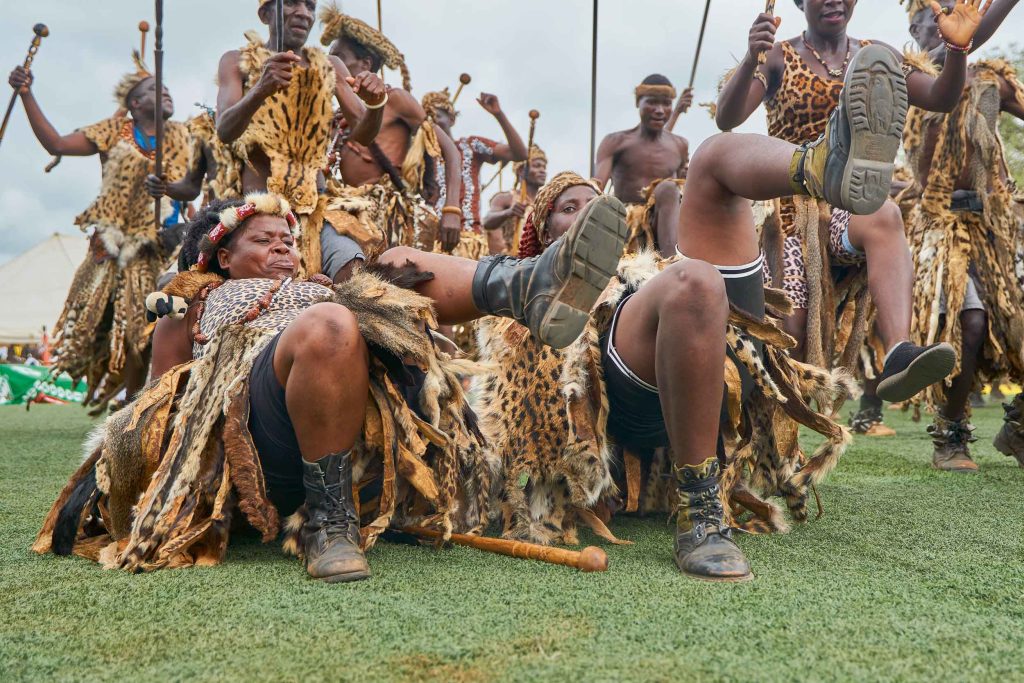
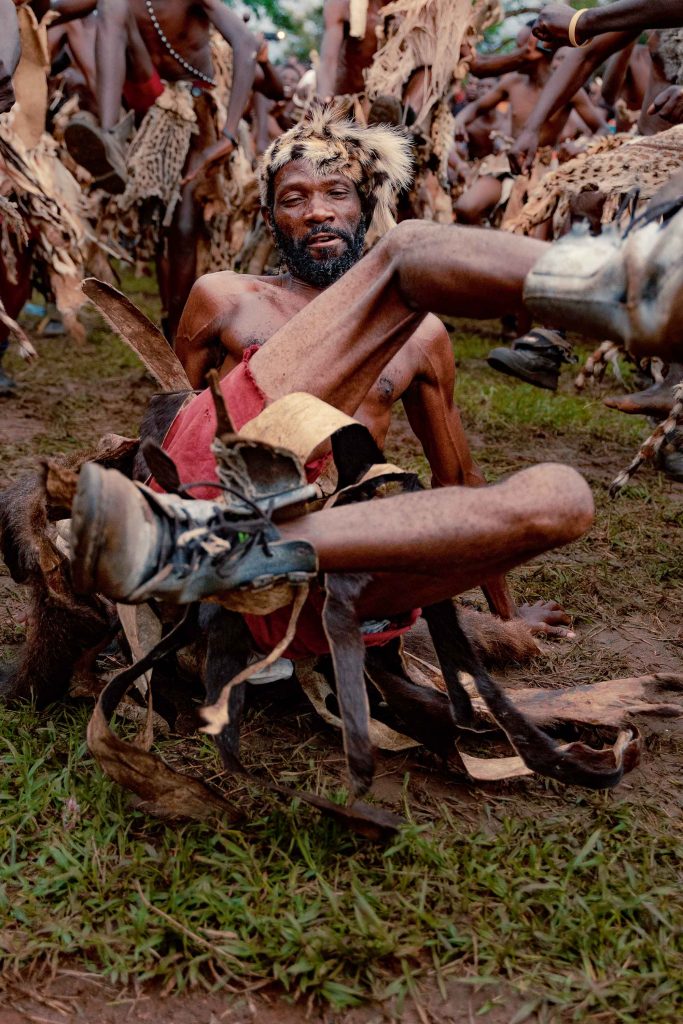
There was silence as the meat and blood were presented to the king. Once he accepted the offering, the thanksgiving would begin. Brothers and sisters from the Ngoni kingdoms of southern Africa, clad in all colours, beads, and spears, performed their rites before their kings and chiefs. They represented an amalgamation of peoples, once separate tribes like the Kalanga, Bishongwe, and Tsonga, now united under the Ngoni identity through Zwangendaba’s great migration. Though originally known as Nguni in their southern homeland, they had become Ngoni through the natural evolution of language as they settled in new lands.
The uMkhosi weNcwala ceremony derives its name from the iNxwala fruit: a spotted melon-like fruit whose ripening marks the season and forms an important part of a potion that the king consumes during his three-day fast in the days leading up to the ceremony.
Nthonga watched, heart beating rapidly, awaiting his turn. Today, he would show all the united Ngoni of Africa his pride and his power and become a warrior in his king’s army, just like his father, just like the great Zwangendaba.


